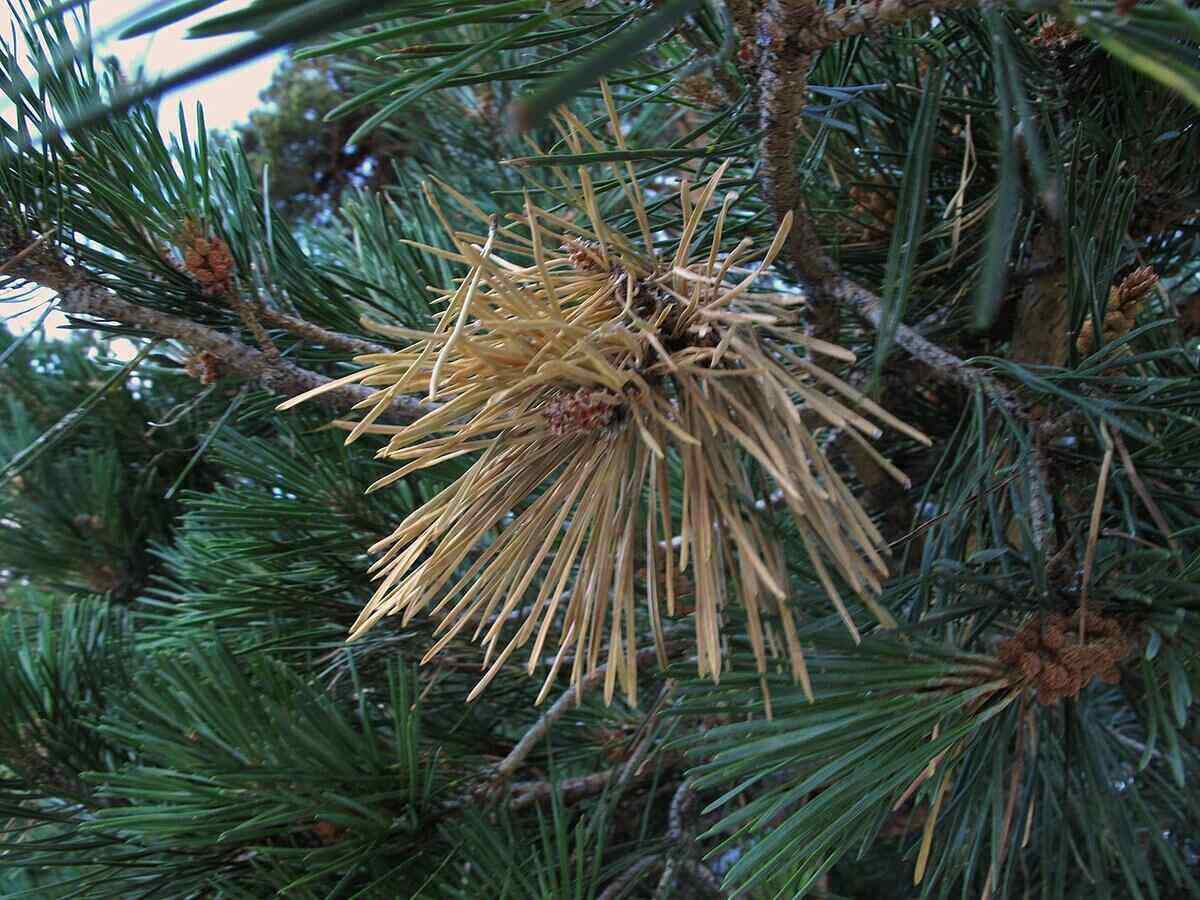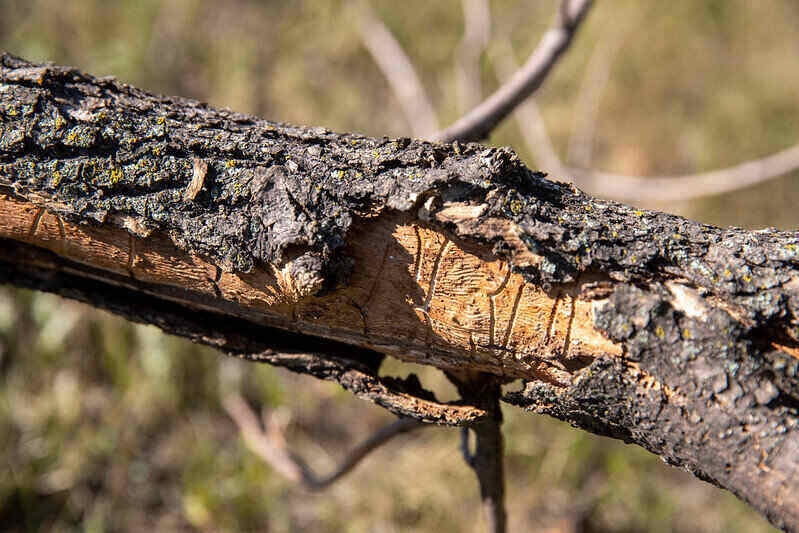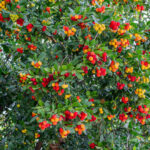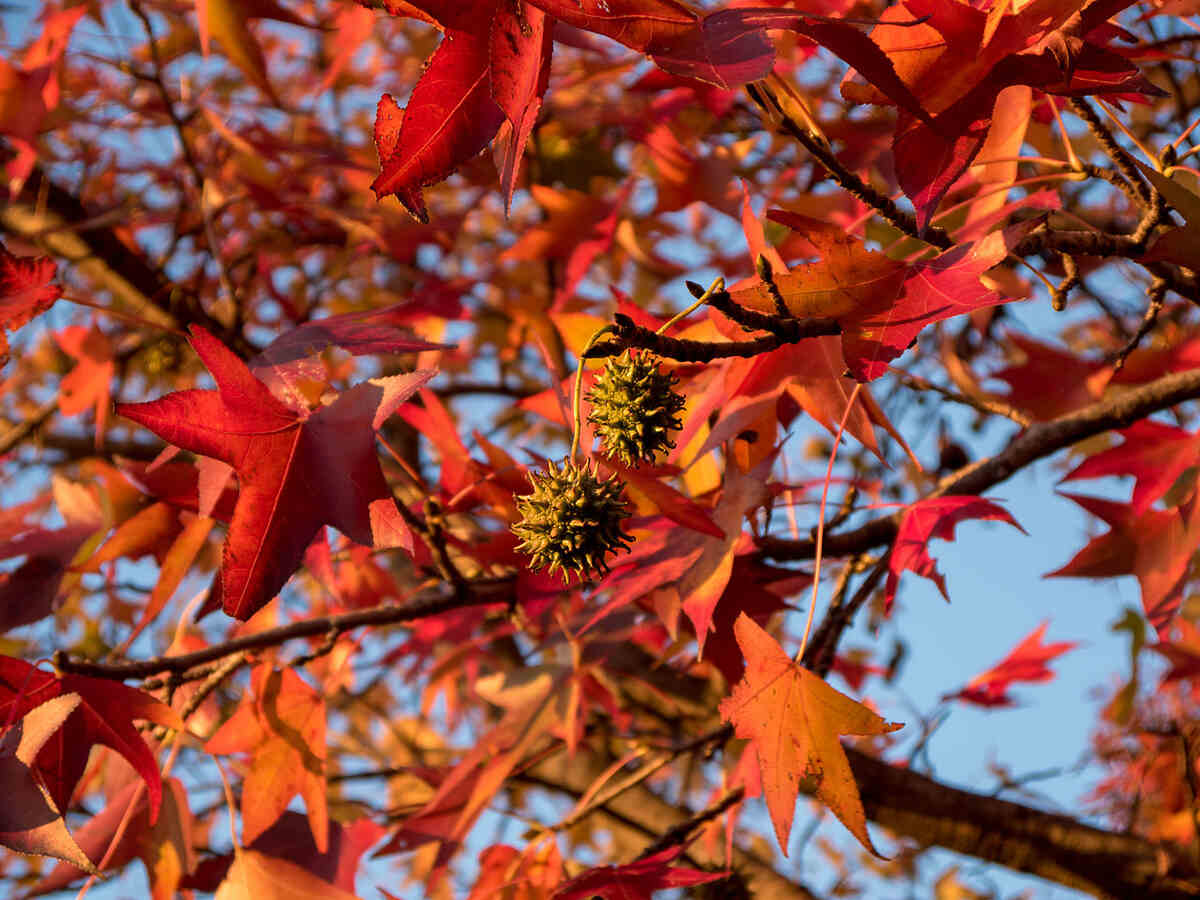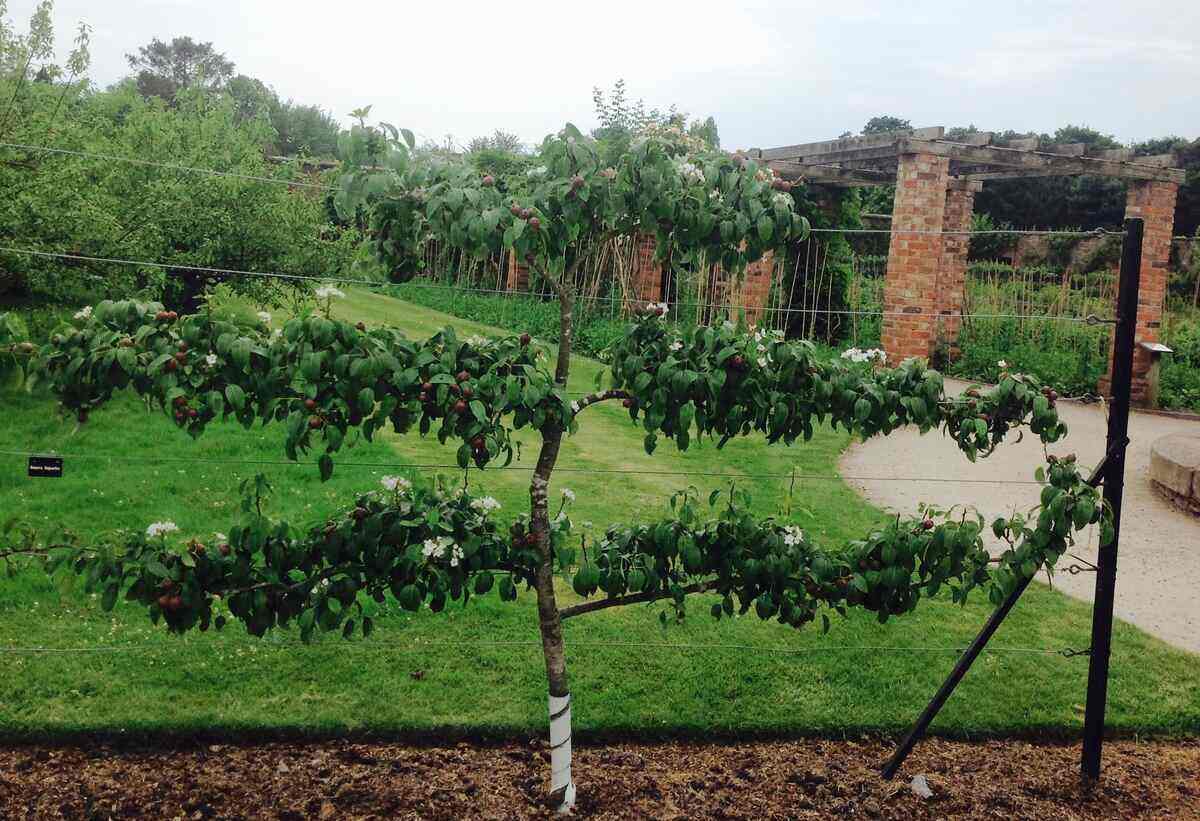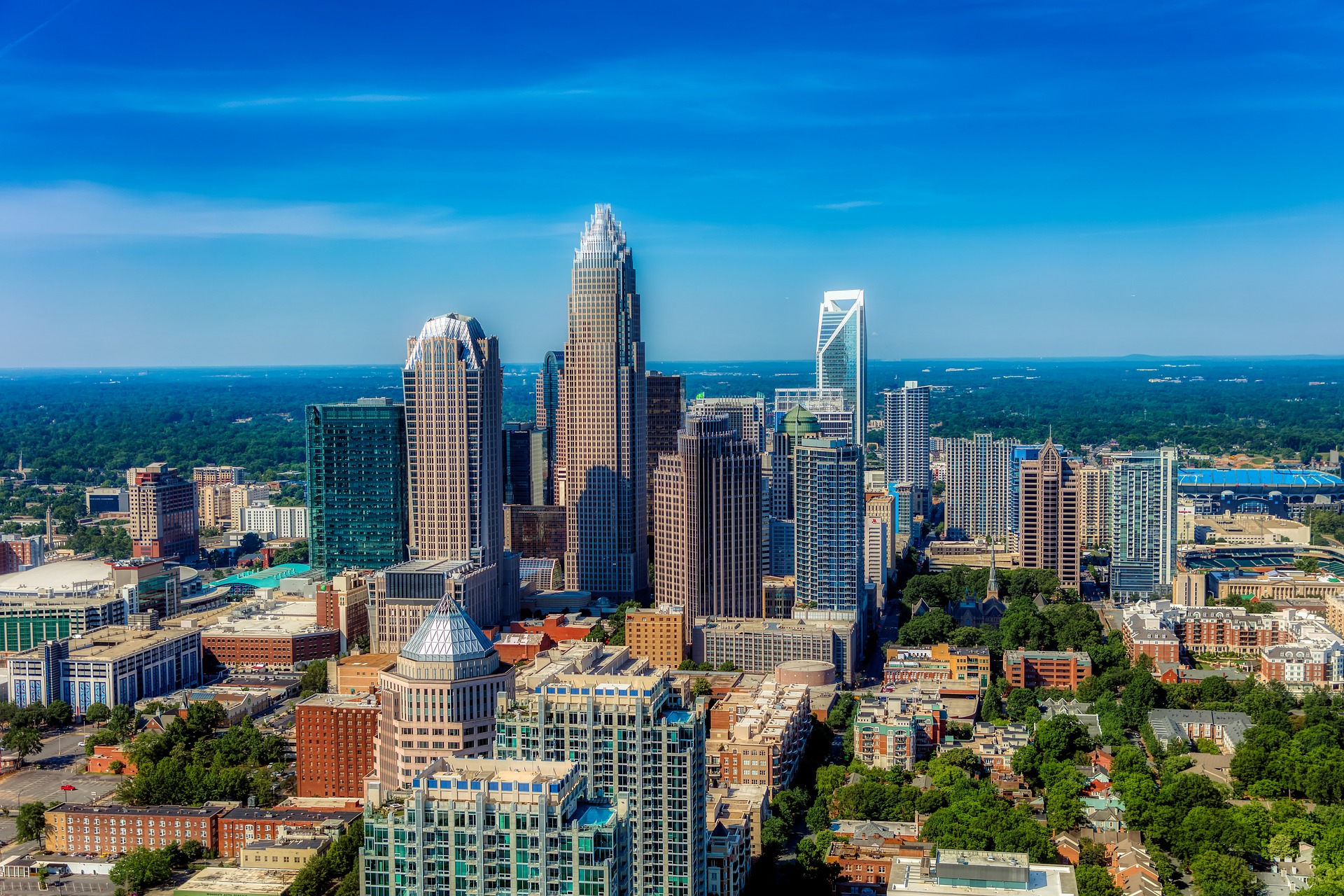
Charlotte is beautiful in the spring with all the flowers and flowering trees. It can also be a brutal place for allergy sufferers. The Asthma and Allergy Foundation of America confirms it: Charlotte is on the top 50 list of the worst metro areas in the U.S. for allergies. The main culprit? Tree pollen. Late February through May is the toughest time for tree pollen in the Queen City. That means it’s also the worst time for allergy sufferers. Trees, like grass, produce pollen as part of their reproductive cycle. The presence of pollen in both can cause an overproduction of histamine, which leads to an allergic reaction.
Allergy symptoms include:
- Wheezing
- Coughing
- Sneezing
- Scratchy or itchy throat
- Itchy, watery, red eyes
- Runny nose
- Nasal congestion
- Chest tightness
Experts: Hardwood Trees Trigger Allergies Most
When it comes to the worst pollen-producing trees in Charlotte, experts say hardwood trees top the list.

Dr. Robert Bardon is an associate dean of the College of Natural Resources at North Carolina State University. “Hardwood trees produce small pollen, so when people have allergies to tree pollen, they have allergies to the pollen from hardwood trees,” he says. This is different from the larger, more visible pollen produced by pine trees. Loblolly pines, in particular, release large, yellow grains of pollen, but they’re too large for us to absorb. That’s why they don’t typically trigger allergic reactions.
Pollen from allergy-triggering trees covers cars, decks, outdoor furniture, and pretty much anything else sitting outside for a few weeks each spring. “When we start to see all this pollen in the air, we’re seeing pine pollen,” Dr. Bardon says. Tree gender is also a factor when it comes to pollen production. Most types of trees are monoecious, meaning the same tree produces both male and female flowers. Others are dioecious, meaning male and female flowers grow on separate plants. For allergy sufferers, it’s helpful to know that male plants produce a lot more pollen than their female counterparts. But because pollen is wind-borne, it likely won’t solve your allergy problems to plant only female flowering trees.
Here are a few of the worst (or best, depending on your perspective) pollen-producing trees in the Charlotte area:
Ash
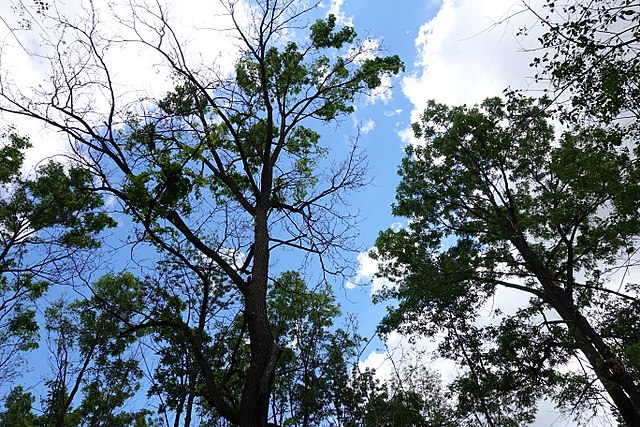
These flowering deciduous trees grow throughout the eastern and southeastern United States. Flowers appear in early spring, and they produce pollen in winter and spring. Many species can cause severe allergies. If you’re allergic to ash tree pollen, chances are you’re allergic to pollen from other trees in the olive family.
Birch
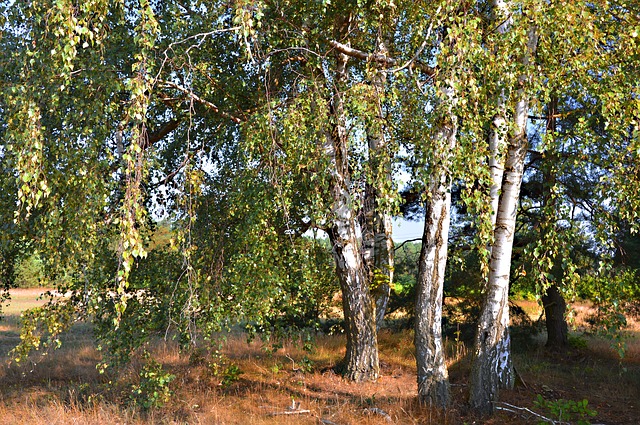
These trees bloom in early spring. If you’re allergic to birch pollen, you might also be allergic to certain types of fresh produce. That’s because their proteins are similar. This food-pollen allergy happens with apples, carrots, celery, peanuts, hazelnuts, and pears, to name a few. Symptoms include an itchy or swollen face, mouth, and or throat.
Maple
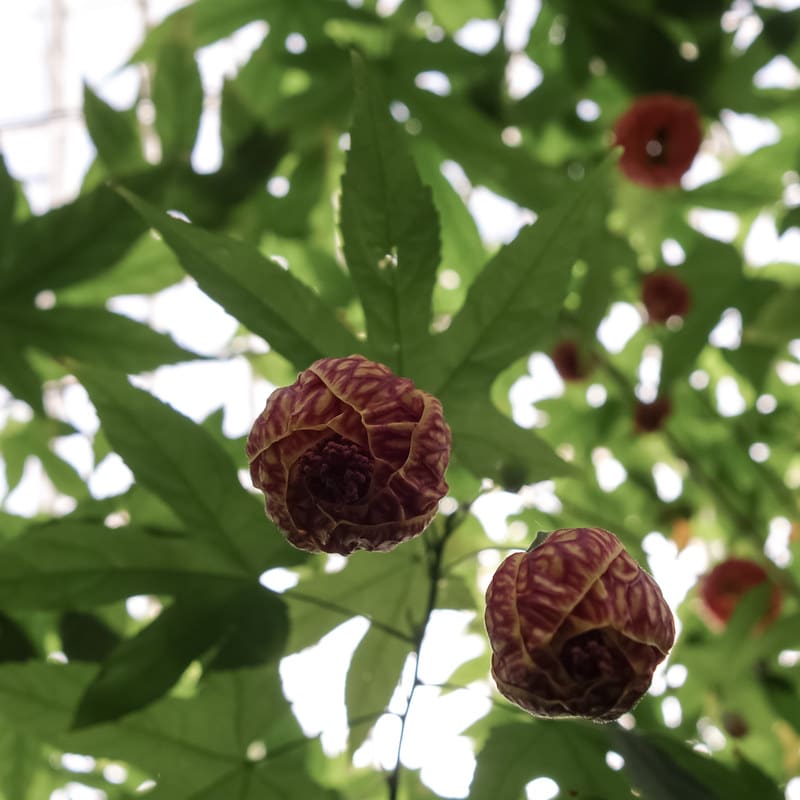
What would autumn be without the beautiful changing colors of the maple tree? But it’s when these trees flower in early spring that the pollen can be a problem. Allergy sufferers can feel the effects through the end of May.
Oak
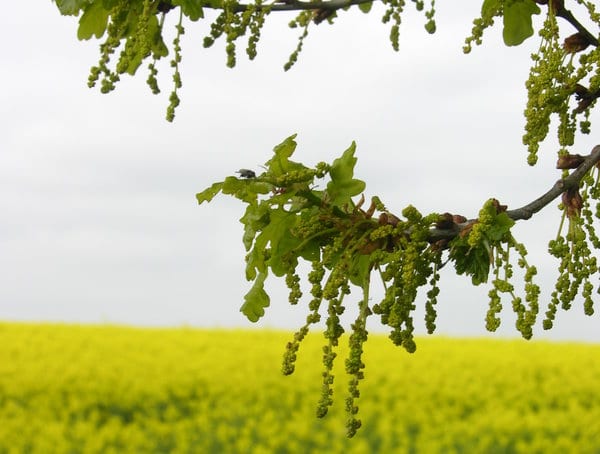
Oak trees are very common throughout the southeastern United States. These allergy trees produce pollen from February through late May, peaking in April. This pollen is a common allergen and lingers in the air longer than other types. It can spread with the wind for hundreds of miles. Oak pollen is yellowish in color and can dust cars and decks like pine pollen.
Sycamore
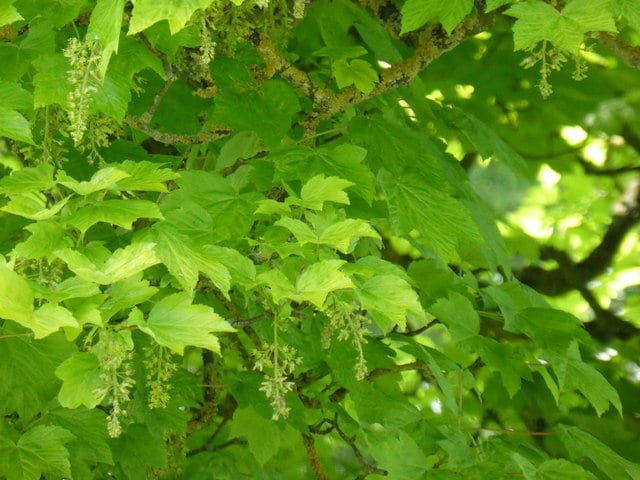
These popular shade trees produce pollen in the spring, from March to June. Pollen-food allergies can occur in people who are allergic to Sycamore pollen. While it’s tough to completely protect yourself from tree pollen, there are a few tricks you can use to limit your exposure. “Trees tend to release more pollen in the morning hours than in the afternoon, so people can delay going outside until the afternoon,” says Dr. Bardon. He also advises you to use air conditioning rather than opening windows during the heat of the day. That will cut the amount of pollen entering your house. He recommends you change and wash your clothes after being outside. Over-the-counter and prescription medicines can also help ease your allergy symptoms.
The splendor of spring might seem more like torment if you’ve got seasonal allergies. If your symptoms are severe, consider seeing an allergist for testing. This can pinpoint your specific allergies and help you get treatment to make it through the worst of the pollen season.
